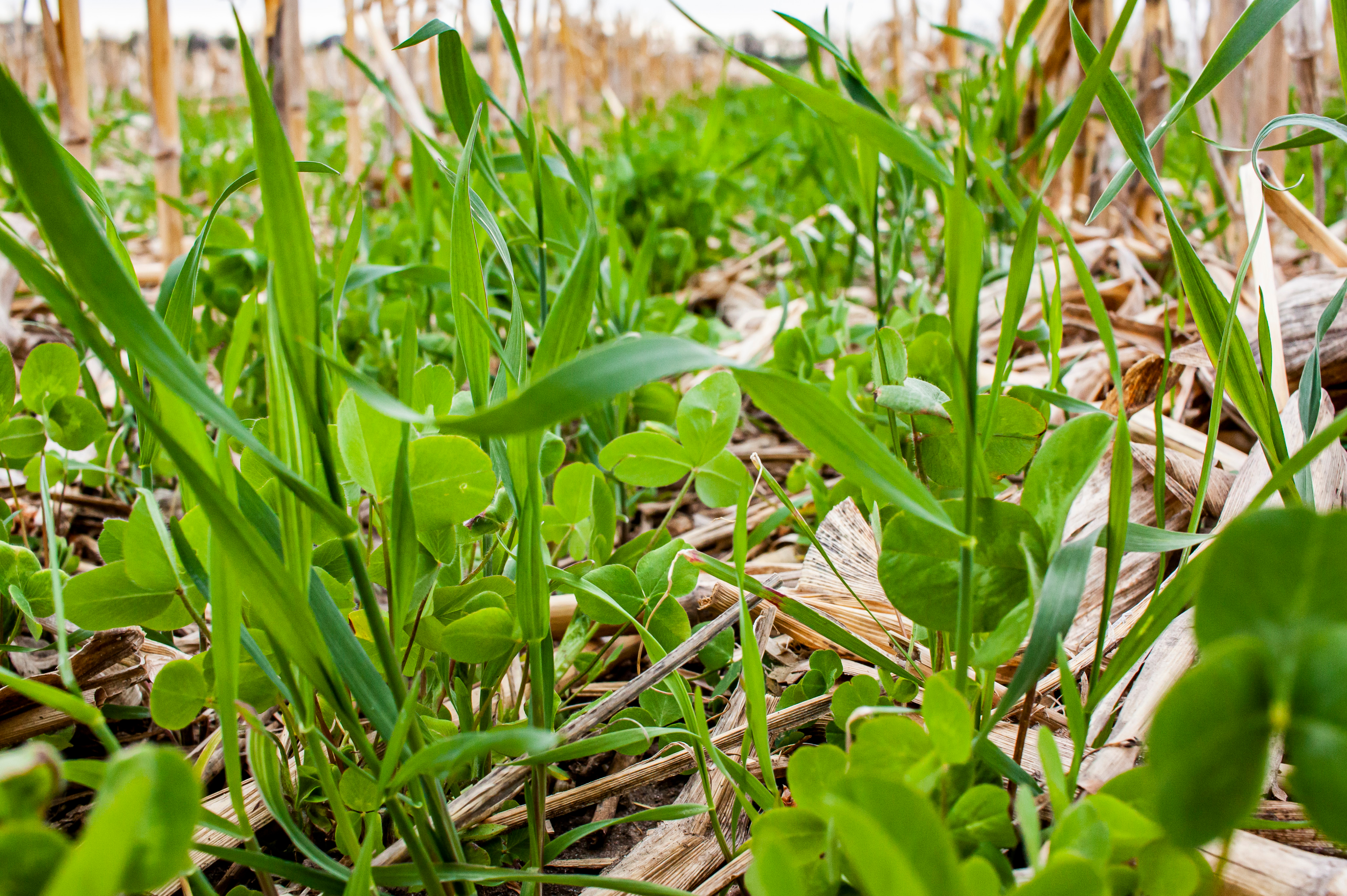This session begins by introducing the definition of cover crops, including different types, examples and adoption trends at the national, regional (Midwest) and state (Nebraska) levels. It explores key mechanisms by which cover crops influence subsequent cash crop yields, such as their effects on the carbon, water and energy cycles, soil nutrient dynamics, carbon:nitrogen ratios of decomposing residues ahead of cash crops, as well as the presence of living roots and soil cover. Additional emphasis is placed on weed suppression mechanisms and how cover crops fit within various cropping systems across Nebraska. It features a range of supporting evidence drawn from meta-analyses, small-scale experiments, on-farm research, review studies, farmer surveys and field trials conducted in Nebraska. It concludes with a summary of key findings, highlighting crop-specific effects and offering practical management considerations for successful cover crop adoption within Nebraska’s diverse agricultural systems.
This webinar, entitled ‘Cover Crop Impacts on Subsequent Main Crop Yield,’ is the first in a four-part series on cover crops, presented by Vesh Thapa, a postdoctoral research associate at the UNL Department of Agronomy and Horticulture.
These course materials are part of a collaborative agreement between USDA NRCS and the University of Nebraska to support conservation delivery.
